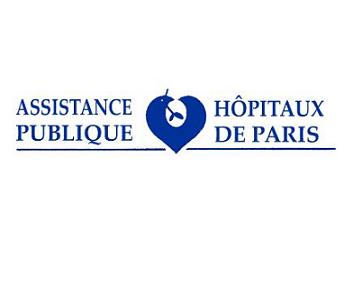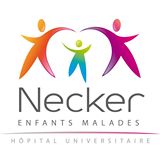Dys-synchrony during mother infant interaction and severe neglect
Child neglect in the first two years of life maybe a more important precursor of childhood aggression, than later neglect or physical abuse at anyage. Advances in theory and practice about early childhood maltreatment, are contrasted with the persistent gap between the urgent needs of these infants and their families, and the availability of services designed to supporttheir mental health. Most studies investigationg treatment modalities are about preschool and school-aged children, and on infants who have already been taken out of home and placed in foster families. The act of placing an infant out ofhome is often traumatic in itself, since it disrupts the attachment relationships that, regardless oftheir problematic nature, the infant has been forming with the caregivers. In addition, placement in a foster family does not guarantee healthy development and before out of home placement, the law requires a period of treatment trial with the biological parents. This is usually very challenging.
From 2005, the zero-to-three clinical units of Geha Mental Health Center, Israel and the APHP-Pitié-Salpêtrière, France have settled a collaboration including the use of a common clinical data base (PRINCE) developed by Miri Keren. In 2010, we aim to show that weekly group therapy (focused on daily care giving tasks and attachment behaviors) plus individual parent-infant interaction guidance therapy has a significantly greater impact on the parents neglecting and/or abusive behaviors towards their infants, and on the infant's emotional/developmental status, than the standard once-a week outpatient individual session. This study is an ongoing case control prospective multisite study in France and Israel. Several instruments are being used to assess infant development and mother infant interaction including the Coding Interactive Behavior (CIB, Feldman, 1998) to assess synchrony. We will use video and audio sequences annotated for synchronic and dys-synchronic interactive patterns with the CIB to model the phenomenon in controls and neglecting background.
In a first study, we proposed an explorative method to acquire and extract relevant social signals from a naturalistic early parent-infant interaction. The experimental setup was proposed based on both clinical and technical requirements. We extracted various cues from body postures and speech productions of partners using the IMI2S (Interaction, Multimodal Integration, and Social Signal) Framework (Avril et al., 2014). In a second study, twenty dyads of mothers and their infants were videotaped during mother-infant interaction including 10 extremely high risk and 10 low risk dyads using 2D and 3D sensors. From 2D+3D data and 3D space reconstruction, we extracted individual parameters (Quantity of movement and Motion activity ratio for each partner) and dyadic parameters related to the dynamics of partners heads distance (Contribution to heads distance), to the focus of mutual engagement (% of time spent face to face, or oriented to the task), and to the dynamics of motion activity (Synchrony ratio, Overlap ratio, Pause ratio) (see video demo). We found that individual and dyadic parameters of 2D+3D motion features perfectly correlates with rated CIB maternal and dyadic composite scores. Support Vector Machine classification using all 2D-3D motion features classified 100% of the dyads in their group meaning that motion behaviours are sufficient to distinguish high risk from low risk dyads (Leclère et al., 2015).
The proposed method may present a promising, low-cost methodology that can uniquely employ artificial technology to detect meaningful features of human interactions and may have several implications for studying dyadic behaviours in psychiatry. Combining both global rating scales and computerized methods may enable a continuum of time-scale from a summary of entire interactions to second-by-second dynamics.



